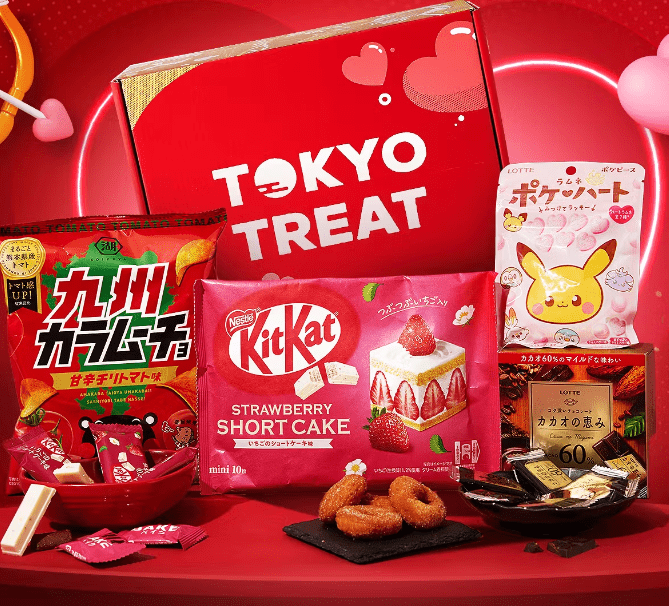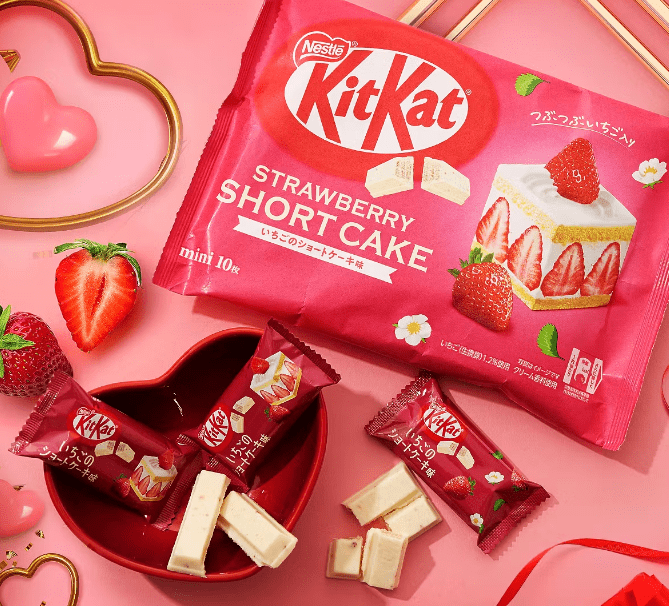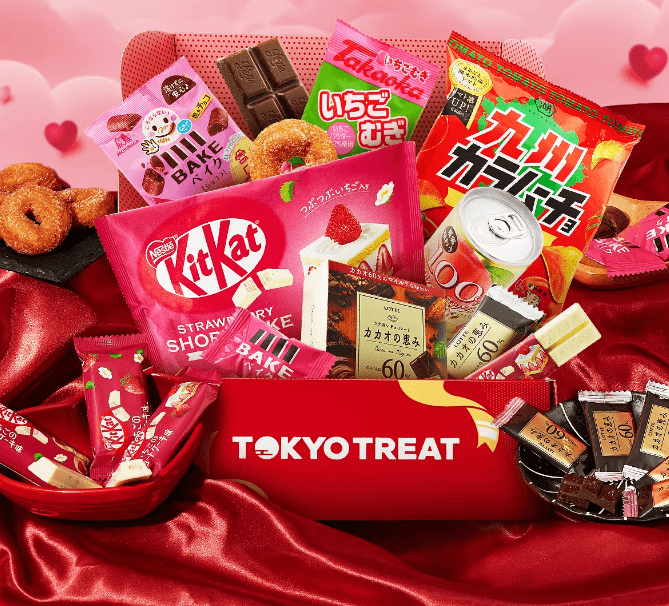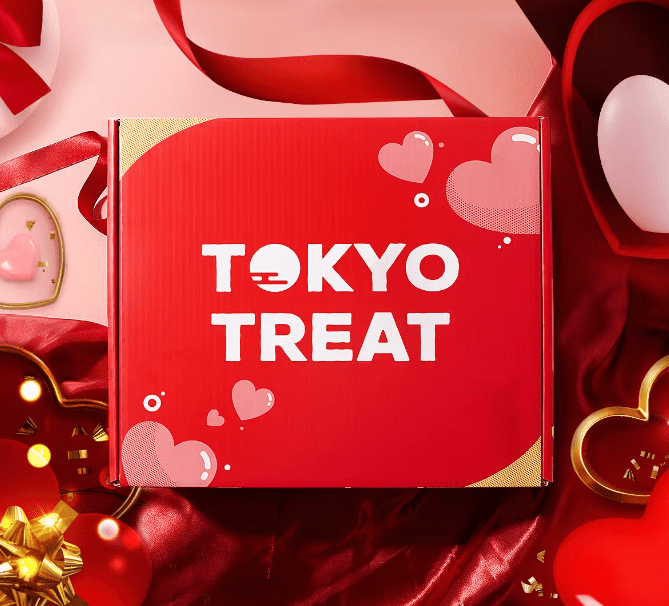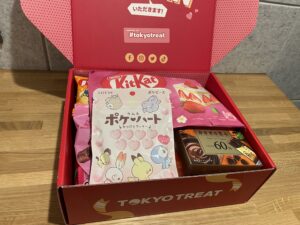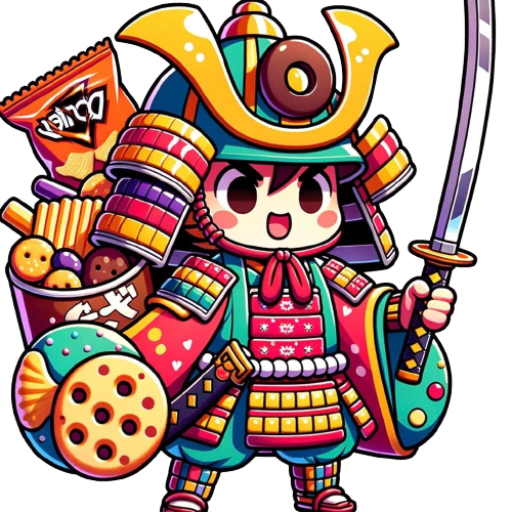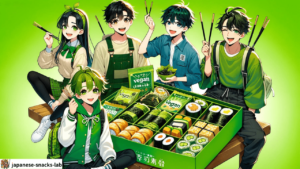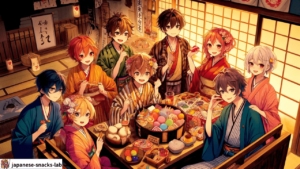「Tokyo Treat」
| Cheap sweets | |
| Traditional sweets | |
| Seasonal Events | |
| Character snacks | |
| Dagashi | |
| Allergy Description | |
| Vegetarian Instructions | |
| Official Site | Check |
| Price per month | total cost | |
|---|---|---|
| 12 months | $32.5/mo | $390 |
| 6 months | $33.5/mo | $201 |
| 3 months | $35.5/mo | $106.5 |
| 1 month | $37.5/mo | $37.5 |
Check out this article analyzing Japanese snack boxes!
Shaved ice
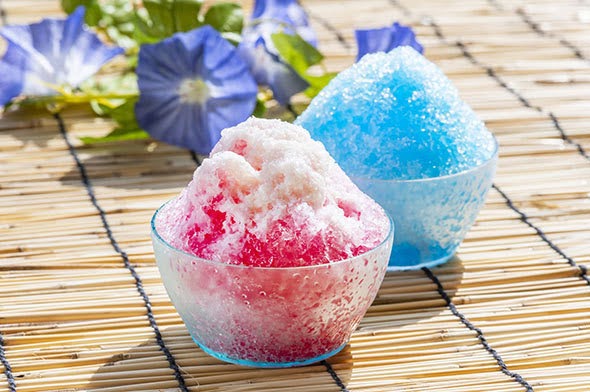
Shaved ice is an icy confection consisting of finely shaved ice topped with syrup and other ingredients. It is very popular among people of all ages as an icy treat for surviving Japan’s hot and humid summers. The finely shaved ice is served in clear glass or faceted wide-mouth vessels to create a cool atmosphere. Brightly colored syrups are poured over the ice. Strawberries and melon are the standard, but the bright blue “Blue Hawaii” sip, which is reminiscent of the cocktail Blue Hawaii, is also highly popular. It may also be topped with condensed milk or matcha green tea, or topped with fruit or red bean paste.
Ramune
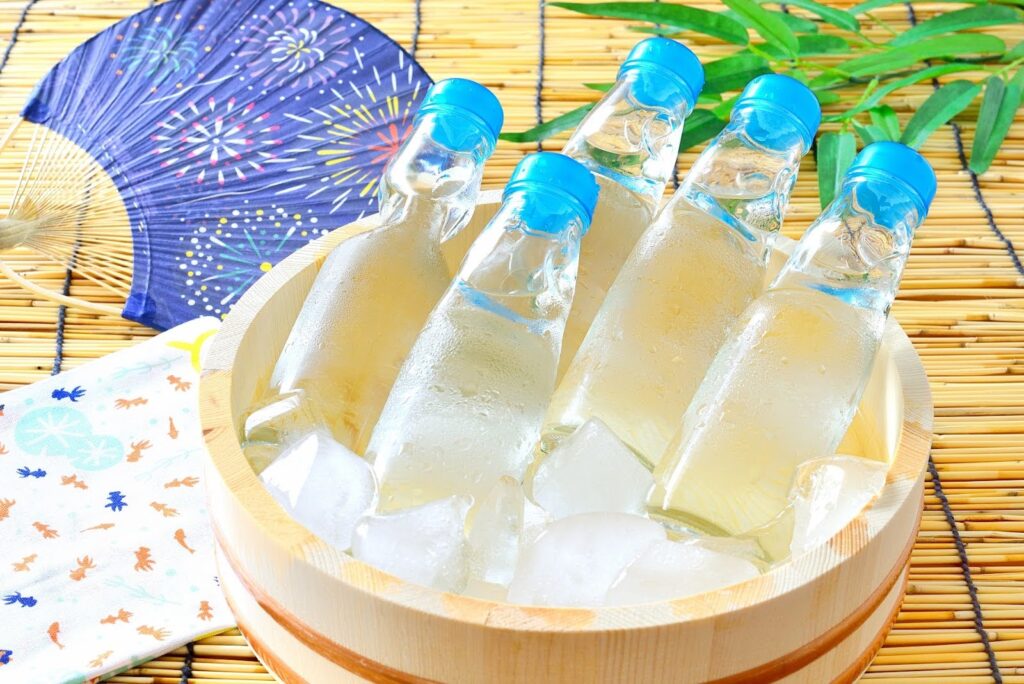
Ramune is a carbonated beverage packaged in a “ball-jar,” a bottle with a glass sphere between the mouth and neck. It is made by adding sugar and acidulants such as citric acid to water to create a sweet and sour flavor. In addition, lime and lemon flavorings are added to give it a refreshing aroma. The sweet and sour citrus aroma, cool and refreshing flavor, and the burst of carbonation, combined with the cool sensation of the uniquely shaped glass bottle, have long made it a popular summer drink among the Japanese people.
Jelly
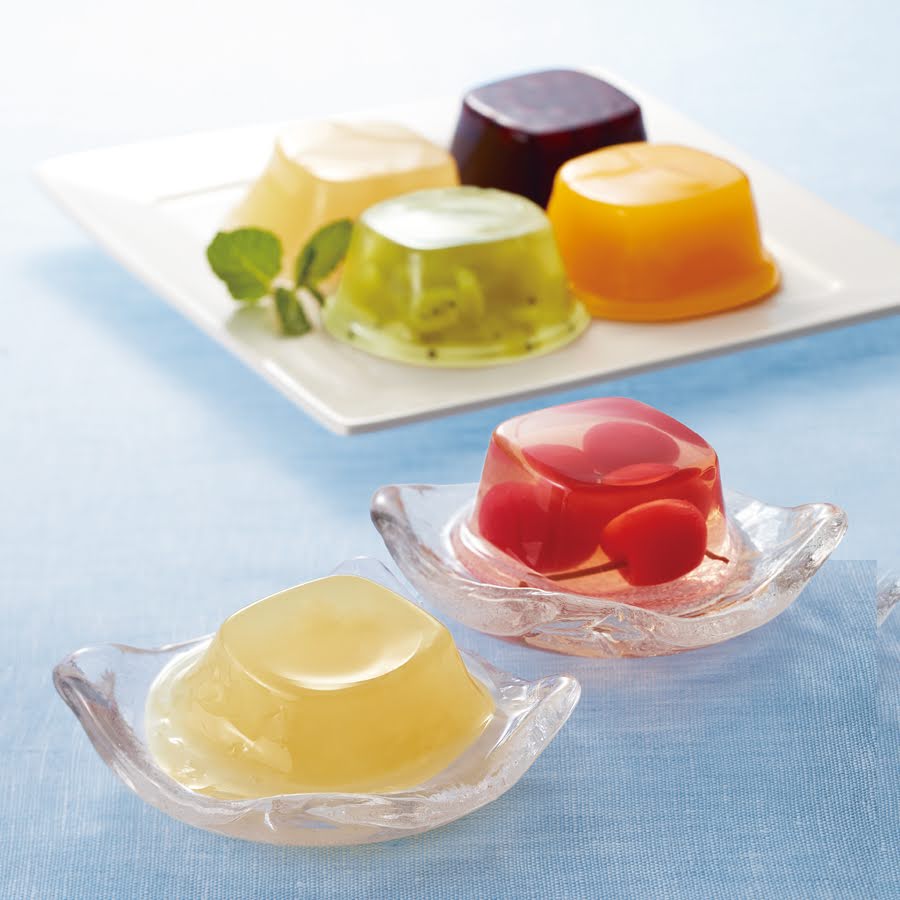
Jelly is a fresh confection made from a combination of fruit juice, gelatin, and sugar. Fruit jellies are also very popular, with a variety of cut fruits hardened into the jelly. In addition to those made with fruit juices, there are also oddball jellies such as cola, soda, and other soft drink flavors, as well as bittersweet coffee and green tea flavors. The plump, translucent, and colorful appearance of these jellies makes you feel cool just by looking at them; they are a quintessential Japanese summer treat. It is recommended to eat it well chilled.
Yokan
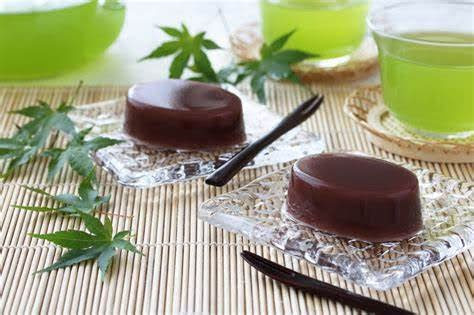
Yokan is a Japanese confectionery made by pouring red bean paste into a mold and hardening it with agar. Among these, yokan with less agar and a fresh, soft texture are called mizu-yokan. One bite of mizu-yokan is like taking a bite of jelly, and you can enjoy its smooth texture and slippery feeling. You can also enjoy the simple and gentle sweetness peculiar to azuki beans. Its fresh, light brown appearance is very cool, making it a popular summer delicacy among people of all ages.
Fruit punch
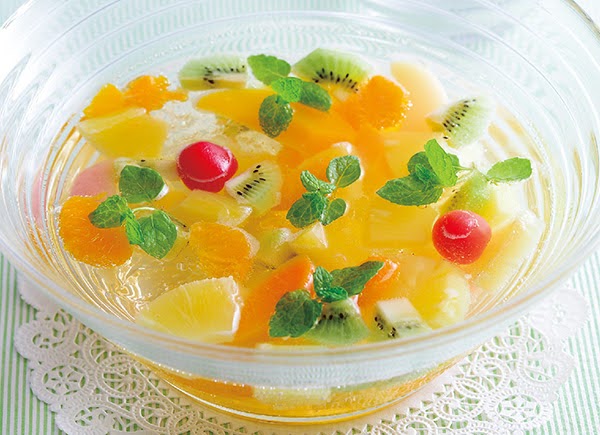
Fruit punch, which originated in Europe, is a dessert made by adding cut fruits to “punch,” an alcoholic beverage mixed with fruit juice and other ingredients. In Japan, however, “punch” is not used, and syrup or soda water is usually added instead. Punch is made with a variety of fruits, such as citrus fruits, apples, peaches, cherries, etc., cut into small pieces. In addition to fruit, jelly, nata de coco, or apricots may also be added. This cool, colorful-looking dessert is a staple at school lunches and parties, and is especially popular with children.
Anmitsu

Anmitsu is a cold Japanese confectionery made by serving sweet beans with red bean paste. It is usually made with agar (agar agar) cut into small cubes, topped with boiled and cooled red pea beans, azuki bean paste, gyuhi (Japanese sweet bean curd), dried apricots, etc., and served with black honey or white honey. There are many variations, such as “Cream Anmitsu” with fresh cream on top, “Shiratama Anmitsu” with dumplings made of rice flour called shiratama-ko, and “Fruit Anmitsu” with cut fruits on top. This cold and sweet wagashi is a classic summer treat that is highly popular among people of all ages.
Mizumanju
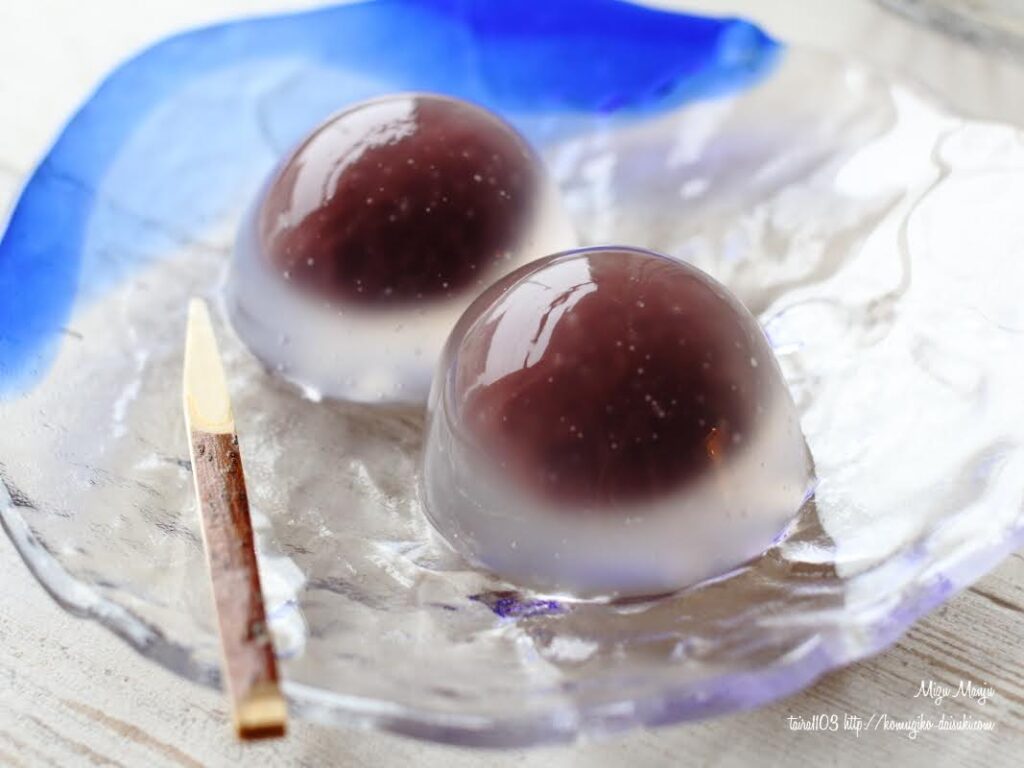
Mizumanju is a bun made with kudzu dough. The transparent dough is characterized by its firm yet smooth texture. The dough is filled with Koshi-an (sweet red bean paste), and when you take a bite, the smooth Koshi-an (sweet red bean paste) overflows from the smooth transparent dough. The unique texture of mizu-manju is popular among people of all ages as a summer tradition. In Gifu Prefecture, where mizu-manju originated, mizu-manju is served in a sake cup and floated in cold water to feel cool in appearance and texture.
Watermelon
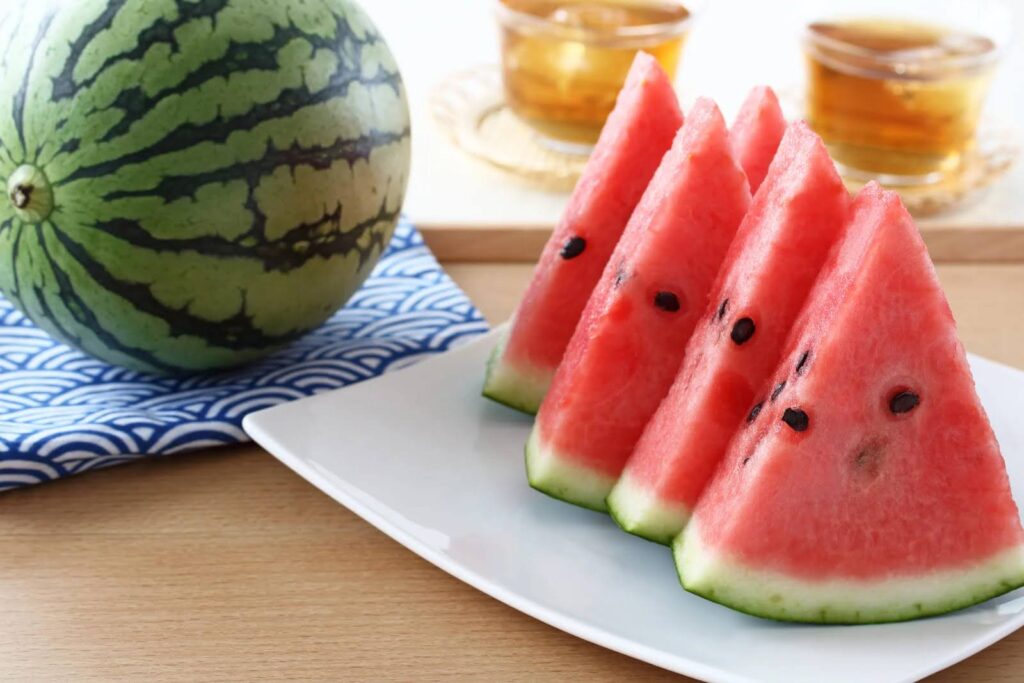
The watermelon is a fruit of the Cucurbitaceae family. The spherical fruit, about the size of a basketball, is green with dark green vertical stripes. More than 90% of the pulp is water, and it is red in color. It is usually cut into thin slices to form a semicircular shape that is easy to hold with both hands or a triangular shape that is easy to hold with one hand. The potassium contained in the pulp has the effects of reducing swelling and diuresis, and is said to be effective against summer fatigue, which tends to occur when one’s strength is depleted by the heat and excessive water intake. In Japan, the main season is from July to August, making it a popular summer delicacy among people of all ages.
Pear
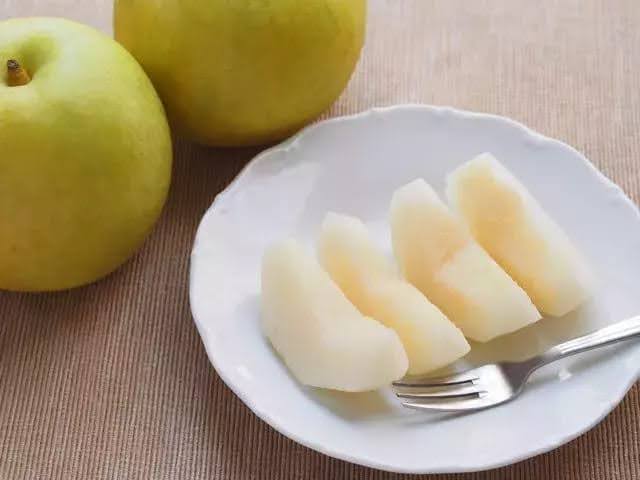
The pear is a fruit of the pear family, Rosaceae. In Japan, the word “nashi” mainly refers to the Japanese pear. The fruit is round in shape, like an apple, and the skin is yellowish brown or pale yellowish green in color. They are characterized by their fresh, crunchy texture. This texture, which is unique to Japanese pear, is sometimes compared to the texture of sand and is sometimes called a “sand pear. When eaten cold, the sweet juice spreads in the mouth. Its unique texture and gentle sweetness make it a popular late-summer fruit among people of all ages.
Peach
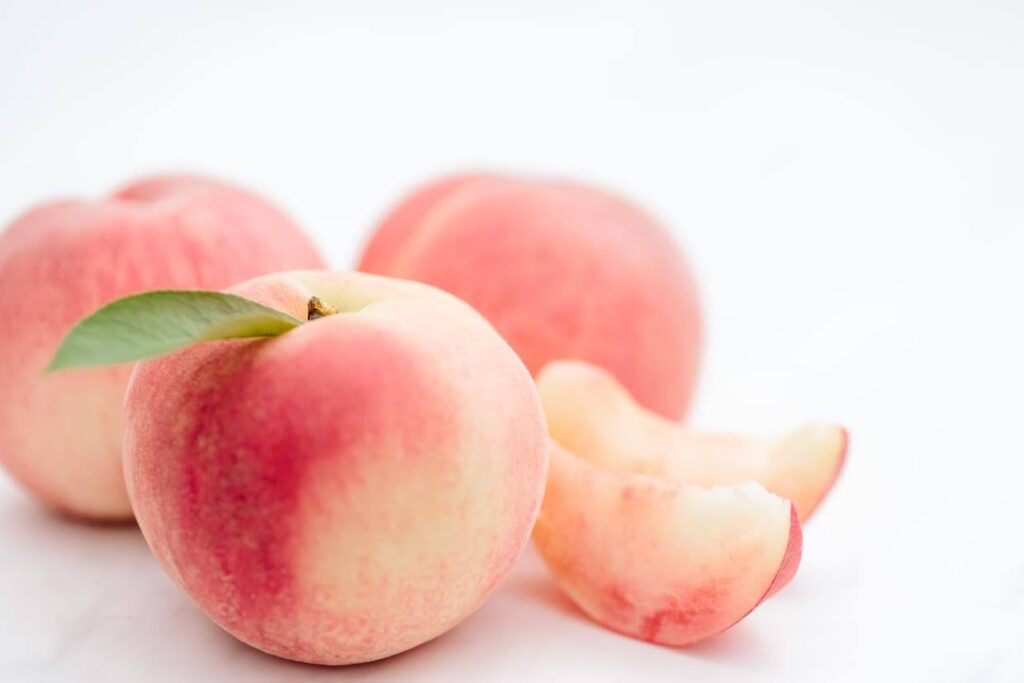
The peach is a fruit of the rose family Platycarpaceae. It is characterized by its plump, spherical shape with a single vertical streak that looks like a split. It is encased in a thin reddish-white or pinkish skin. There are a great many varieties of peaches, and the flesh can be white, yellow, or pink in color. The pulp is soft and juicy with a high water content, giving it a melt-in-your-mouth texture. They are also mellow and sweet with little acidity, making them a popular summer delicacy among people of all ages.


